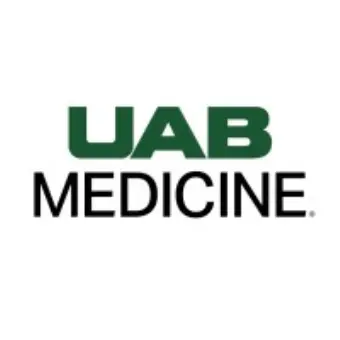RESEARCH SAFETY MANAGER

UAB Medicine
This job is no longer accepting applications
See open jobs at UAB Medicine.See open jobs similar to "RESEARCH SAFETY MANAGER" The Center for Executive Leadership.Description
Research Safety Manager - Biosafety
The primary accountabilities below are intended to describe the general content of and requirements of this position and are not intended to be an exhaustive statement of duties.
Description
To manage the activities of the research safety team to ensure coordinated and comprehensive reviews of research practices/procedures for compliance with applicable environmental and safety regulations, laws and guidelines. To facilitate the evaluations for potential health and safety risks of biological, chemical and physical agents to researchers, laboratory staff/students and the environment.
ESSENTIAL ACCOUNTABILITIES:
· Reviews research projects to identify biological, chemical and physical agents that present potential health and safety risks to operational staff.
· Manages the laboratory audit program. Conducts reviews to assess compliance with current policies and requirements. Manages and conducts on-site reviews of research safety practices and procedures for regulatory and/or funding agency requirements.
· Serves as department representative in committees, as needed.
· Assists principal investigators in developing a comprehensive risk-based research health and safety plan.
· Organizes and facilitates monthly research safety team meetings to promote coordinated efforts between biological, chemical, radioactive, general safety and employee health programs.
· Identifies training needs of the research community and assists in developing and conducting training programs to address the needs.
· Assists in the ongoing development of a computer based audit and information system.
· Performs other duties as assigned.
STARTING ANNUAL RATE OF PAY: $57,940.00 - $81,273.36 (Commensurate with experience & qualifications). Final offers will be made within this grade range based on the candidate’s qualifications, internal equity, and the department’s budgeted amount for the role. Applicants whose stated salary expectations fall outside the posted grade range may not be considered.
Qualifications
QUALIFICATIONS:
Bachelor’s degree in industrial Hygiene, Environmental or Occupational Health Sciences, Chemistry, Microbiology or a related field and five (5) years of related experience required. Work experience may NOT substitute for education requirement.
LICENSES/CERTIFICATIONS/REGISTRATIONS:
Driving record should meet University underwriting guidelines to drive vehicle in performance of University business. Current underwriting guidelines include possession a valid driver’s license, issued in the United States; at least 21 years of age; at least three years of driving experience; maintain an acceptable Motor Vehicle Record (MVR).
REQUIRED KNOWLEDGE/SKILLS/ABILITIES:
· Ability to problem-solve
· Ability to train others
· Thorough knowledge of biological risk assessment and laboratory safety principles
· Awareness of Federal, State, and Local Agencies, and the associated regulations, for receipt, transport, work with, and disposal of hazardous biological agents
· Familiarity with National Institutes of Health (NIH), Centers for Disease Control (CDC), and/or United States Department of Agriculture policies regarding research with infectious agents
· Proven coordination, facilitation, training and organizational skills
· Ability to prepare clear, accurate and informative reports including investigative findings, conclusions, and recommendations
· Conflict resolution skills
· Interpersonal skills
· Excellent leadership skills
· Prioritization skills
· Leadership skills
· Process improvement and quality skills
· Project management skills
· Written and verbal communication skills
· Knowledge of environmental regulations
· Superior interpersonal and oral presentation skills
· Computer skills and a working knowledge of word processing and spreadsheets
PERSONAL: Required to possess the necessary physical requirements, with or without the aid of mechanical devices, to safely perform the duties and responsibilities that require performing tasks requiring wearing respirator, bending, stooping, kneeling, walking significant distances between and within buildings on campus, frequent traveling, prolonged standing, climbing stairs, and sitting at computer for long periods of time.
Primary Location
: UniversityJob Category
: Environmental ServicesOrganization
: 112905000 Environmental Health & SafetyEmployee Status
: RegularThis job is no longer accepting applications
See open jobs at UAB Medicine.See open jobs similar to "RESEARCH SAFETY MANAGER" The Center for Executive Leadership.
